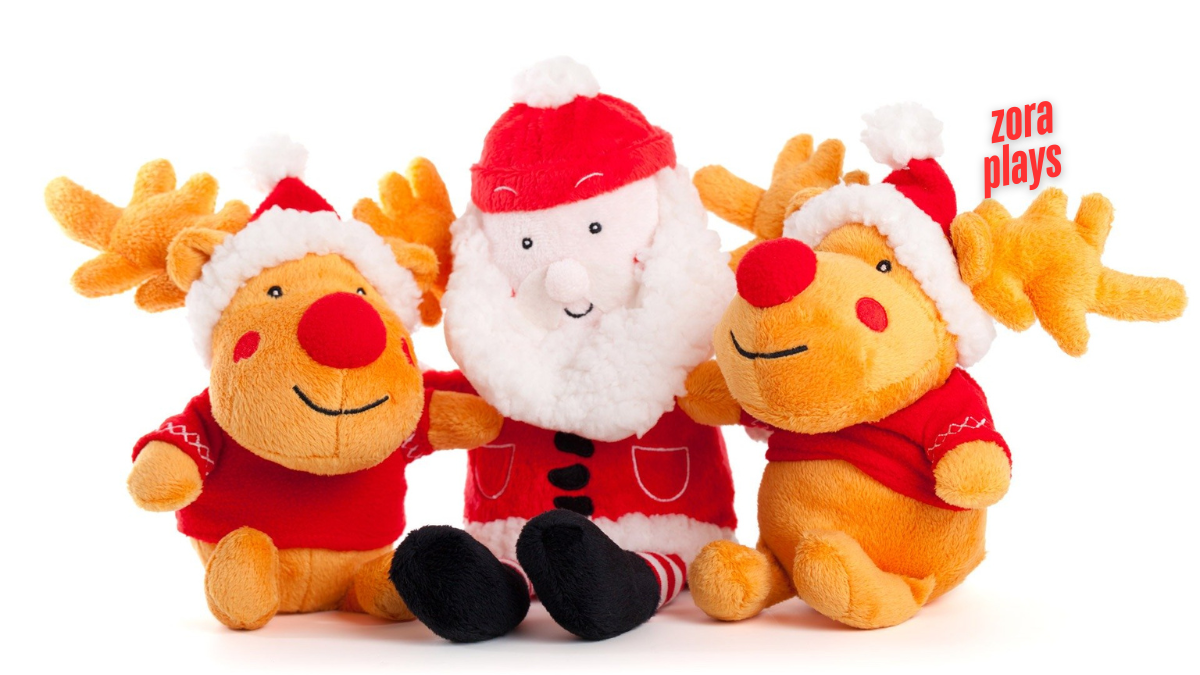For generations, children worldwide have eagerly awaited Christmas Eve, hoping for a visit from Santa Claus. The magical figure, known for his red suit, jolly laugh, and flying reindeer, is deeply embedded in holiday traditions. But as children grow older, the question arises—Is Santa real, or is it just your parents? Let’s dive into the history, psychology, and truth behind Santa Claus.
The Origin of Santa Claus
The modern-day Santa Claus originates from Saint Nicholas, a 4th-century Greek bishop known for his generosity. His legacy evolved over centuries, influenced by Dutch traditions of Sinterklaas and later popularized in American culture. The 1823 poem “A Visit from St. Nicholas” (better known as “The Night Before Christmas”) cemented the image of Santa as a plump, gift-giving man traveling by sleigh.
The Role of Parents in Keeping Santa Alive
While history provides a foundation, the magic of Santa today largely comes from parents. They are the ones who:
- Buy and wrap gifts labeled “From Santa.”
- Eat the cookies and milk left out on Christmas Eve.
- Create footprints or reindeer “tracks” in the snow.
- Use creative methods like Santa trackers and jingling bells to keep the illusion alive.
Many parents view Santa as a symbol of joy, wonder, and the spirit of giving, making Christmas extra special for their children.
When Do Kids Start Questioning Santa?
Children typically start questioning Santa’s existence between the ages of 6 and 8. Clues such as similar handwriting on Santa’s gifts, overhearing adults, or logical reasoning can lead to doubts. However, many kids enjoy playing along, even if they suspect the truth.
Common Signs That Kids Are Figuring It Out
- They notice inconsistencies (like Santa using the same wrapping paper as their parents).
- They hear classmates or older siblings say Santa isn’t real.
- They ask direct questions like, “Is Santa real, or are you Santa?”
Should You Tell Your Child the Truth About Santa?
Parents often struggle with when and how to reveal the truth. Experts suggest the following approach:
- Gauge Their Readiness: If a child directly asks, they might already suspect the truth.
- Shift the Focus: Explain that Santa represents the spirit of Christmas, kindness, and generosity.
- Encourage Them to Be Santa: Many parents transition their children into becoming “Santa’s helpers,” emphasizing the joy of giving to others.
The Psychological Benefits of Believing in Santa
Believing in Santa can actually benefit children in multiple ways:
- Encourages creativity and imagination – The idea of a magical sleigh and a North Pole workshop fosters storytelling skills.
- Promotes kindness and generosity – Kids associate Santa with acts of giving rather than receiving.
- Creates cherished childhood memories – The excitement of Christmas morning is an unforgettable experience.
Conclusion: Is Santa Real or Not?
While Santa Claus as a physical person may not exist, his spirit lives on through traditions, generosity, and childhood wonder. The magic of Santa isn’t about deception—it’s about bringing joy and excitement to the holiday season. Whether it’s your parents placing gifts under the tree or the idea of a jolly old man flying through the night sky, Santa is as real as you believe him to be.

